Camping
5 Natural Fire Starters | Fuel for the Fire
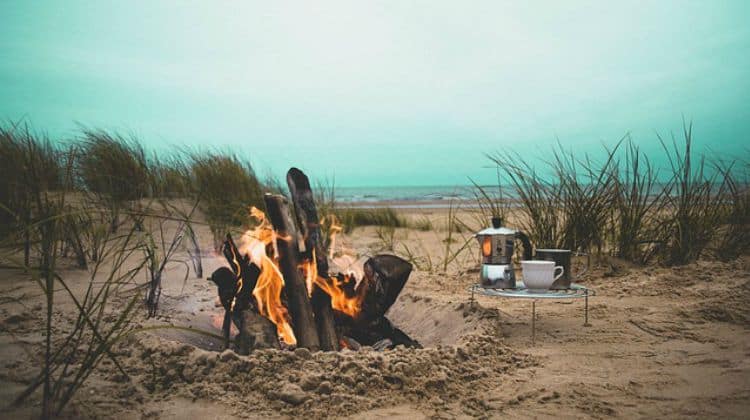
Survival at its finest will never be complete without depending on some natural fire starters. Fuel up your outdoor experience with these handy and useful fire starters from Mother Nature.
Natural Fire Starters | Fuel for the Fire
Nothing puts a damper on a campfire like damp wood! Dealing with damp or wet wood can be pretty darn difficult and frustrating as well. Don’t let that snuff out your spark though. There are ways around those sorts of issues. Whether you are just out on a camping adventure or in a survival situation, knowing these 5 Natural Tinder Fuels, so to speak, can be very beneficial to the situation.
1. Char Cloth
I know this isn’t something you’ll find in the woods but it is a natural fire starter that you can prepare beforehand. Preparation is always important. There are a few things you’re going to need: A tin with an air tight lid. A small nail. 100% Cotton Cloth. Small campfire. Start a small fire and let it get hot and build some hot coals. You can use an old cotton shirt cut into small squares small enough to fit in the tin with a little room, I suggest using a white shirt so you can check the color of the char to avoid any chemical dyes possibly used in the fabric.
Place the cloth into the tin somewhat loosely, close your lid tight and place it into the fire. Remember low flames and hot coals, too much heat will cause it to char into crumbles or even catch fire. Keep an eye on the tin because when you see smoke coming out of the pin hole it’s ready. Remove the tin giving it time to cool before opening the lid and check your cloth. You want a dark black color and a tough texture. If there is any brown color to the cloth it needs to heat longer, if it is dark but crumbles it is burnt not charred which means it will not work. Check your cloth, all it needs is a good spark and it should light.
2. Pine Pitch
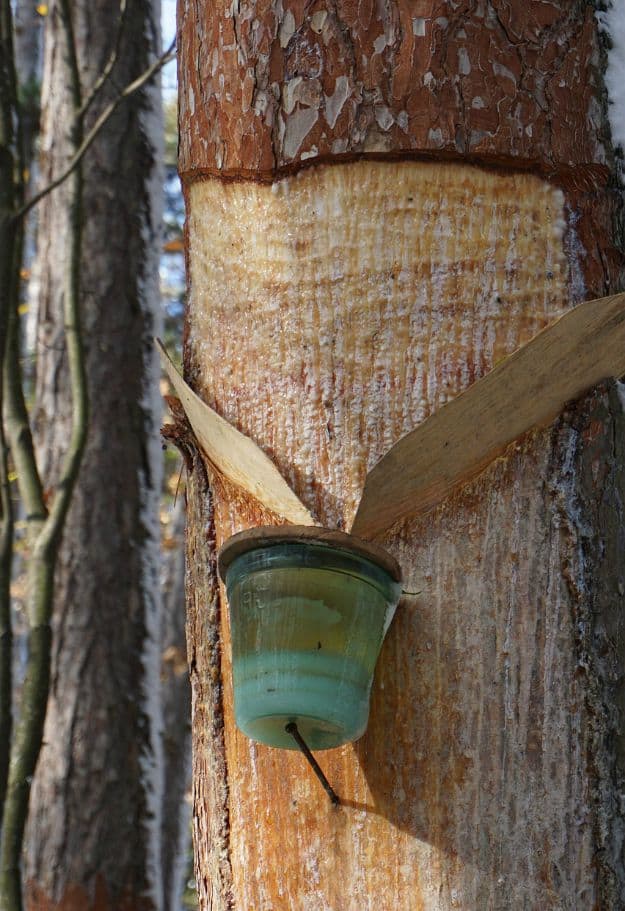
Pine pitch, also known as, pine sap. The resinous sap produced from conifer trees like the pine tree is flammable. If you inspect the pine trees you will find little sap pockets or blisters. Pierce the sap pocket and the flammable sap will come oozing out. All you have to do is collect it, put some on your tinder and light it up. If you can collect enough sap you can use it for making torches. Simply wrap a cloth around a stick tightly and rub the pine pitch all over it, the more you have spread all over it the longer and brighter the torch will burn.
3. Fatwood
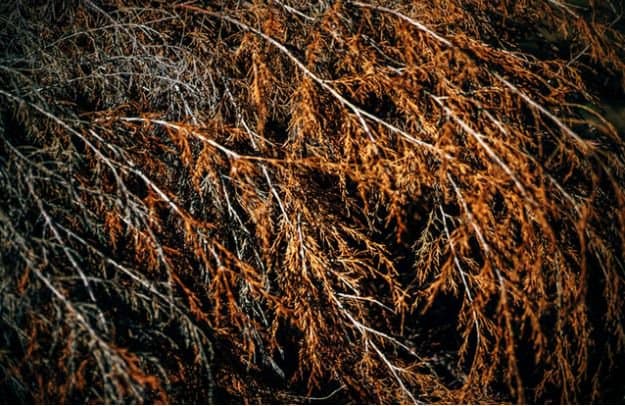
Once again, it is the pine tree that creates this special fuel. Fatwood is dried pine wood that is full of the resin or sap produced by the tree, the same sap that sap that is used as pine pitch only it’s a bit more crystallized. You can find fatwood in old dead pine tree stumps, it will be in the core area of the stump, get it out of there and you have something similar to Nature’s Match. Minus the self-striking option of course!
4. Linseed Oil
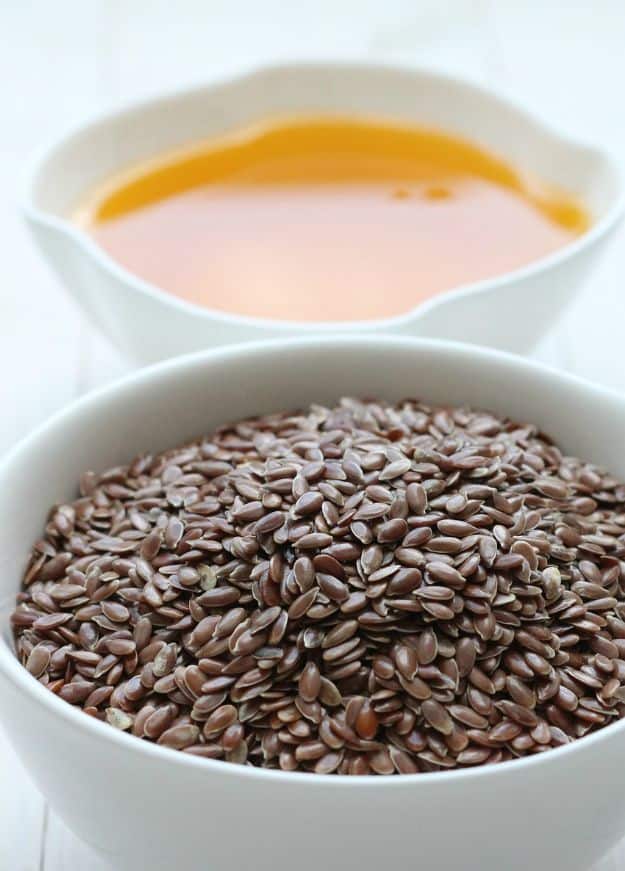
Linseed oil is actually made from Flaxseed. There is a volatile oil that is highly flammable, it’s used as an ingredient in things like paint and varnish. CAUTION: A Little Linseed Oil Goes A Long Way. It burns fast and hot so you only need a little bit to help catch damp tinder or wood on fire.
5. Beeswax & Fiber
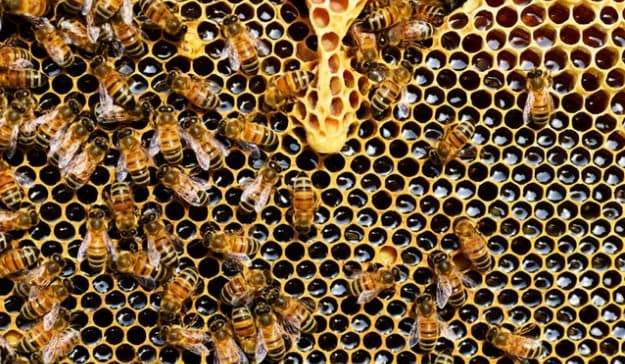
Beeswax, paraffin wax, and even tallow can be used for this fire fuel. Take an old cardboard egg carton and fill each egg hole with some sort of fiber, things like dryer lint, cotton balls, and frayed hemp cord or string will do. Now, all you have to do is pour the melted wax over your little tinder eggs. When you’re ready to make your fire just light on of those and add your tinder.
Check out another natural fire starter to add on your list in this video:
Knowing the available resources provided by nature is not only helpful and useful but it is also important. There’s more than one way to start a fire and now you know at least 5 fuels to get that fire going. It’s best to try these methods out before you’re in a situation of need, some things work well for other that might not go so well for some.
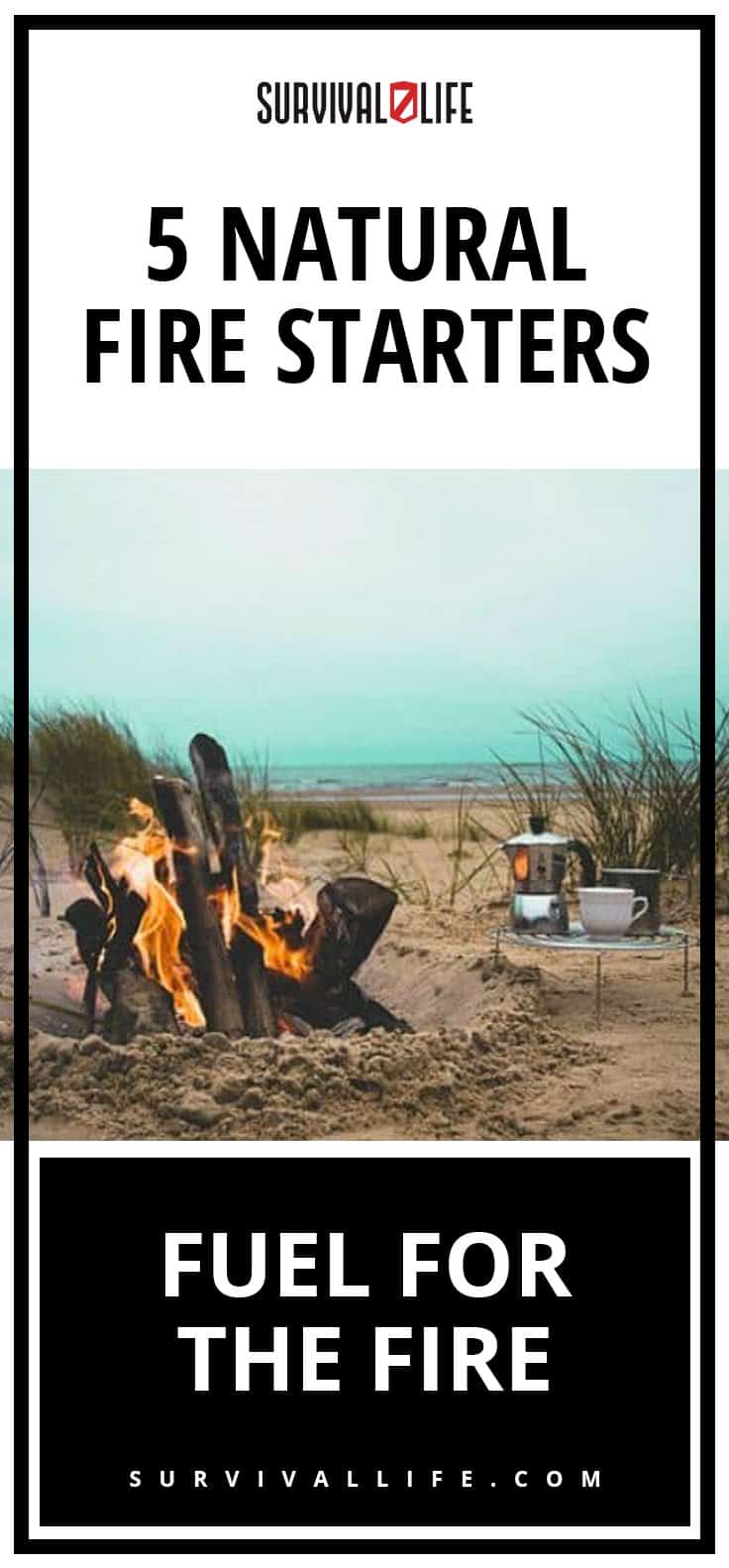
Is your favorite natural fire starter on the list? If not, let us know your secret fire starting fuels by adding them in the comments below!
Looking for more fire starters? Here are the top 20 fire starters on Earth for survivalists to help you out!
Follow us on Facebook, Instagram, Twitter, Pinterest, and Tumblr!
-
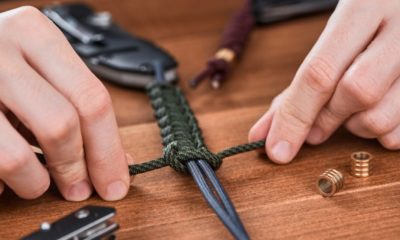
 Do It Yourself7 months ago
Do It Yourself7 months agoParacord Projects | 36 Cool Paracord Ideas For Your Paracord Survival Projects
-

 Do It Yourself9 months ago
Do It Yourself9 months agoHow To Make Paracord Survival Bracelets | DIY Survival Prepping
-

 Do It Yourself9 months ago
Do It Yourself9 months ago21 Home Remedies For Toothache Pain Relief
-

 Do It Yourself10 months ago
Do It Yourself10 months agoSurvival DIY: How To Melt Aluminum Cans For Casting
-

 Exports8 months ago
Exports8 months agoAre Switchblades Legal? Knife Laws By State


Dan Brooks
August 13, 2017 at 2:37 PM
No Birchbark?
Pingback: How To Build A Fire Pit At The Beach | Survival Life
Billy Angel
September 12, 2017 at 4:14 PM
The most interesting and unexpected from the list surely has to be char cloth. I still can’t get my head around this to even imagine how this must be working but I guess the only way to find out is to actually do it.
Thanks for the great share!
Tracey Butler
September 12, 2017 at 4:20 PM
I take it Linseed oil is something processed and not something you’ll find readily available in the bush, right?
Ryan East
September 12, 2017 at 4:25 PM
Would a newspaper count as something natural? It is manufactured from trees etc lol. Anyway, a newspaper sheet rolled in a tight ball or folded n a thin sleeve shape and pressed together works like a charm, some would even argue better than firelighters if done properly. One actually never has to buy firelighters if there are enough newspapers stacked around the home…
Pingback: 3 Easy Ways To Make Homemade Waterproof Matches
Pingback: How To Build A Salt Water Distiller | Survival Life Guide
Pingback: 3 Easy Ways To Make Homemade Waterproof Matches - Survival Patch
Pingback: 3 Easy Ways To Make Homemade Waterproof Matches - Survive!
Pingback: 3 Easy Ways To Make Homemade Waterproof Matches | survivalisthandbook.com
Pingback: How To Build A Salt Water Distiller | Survival Life Guide – CNH Survival
Pingback: 7 Survival Uses Of Pine Resin You Need To Know | Survival Life
Pingback: Ways To Start A Fire: Unconventional Tricks and Techniques | Survival Life